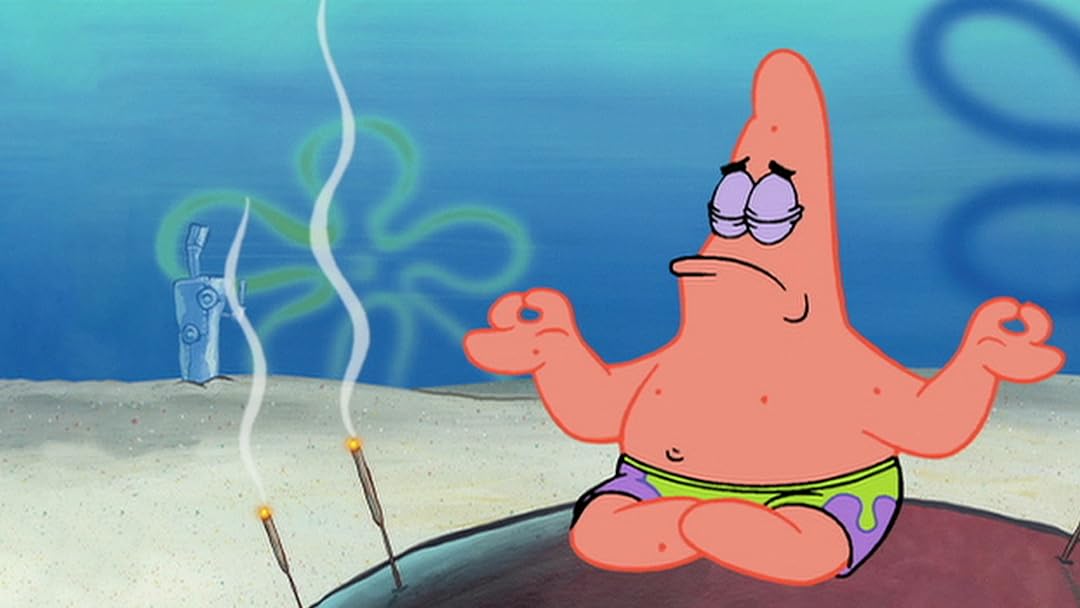Zeekie
Apricot
- Joined
- May 18, 2024
- Posts
- 4,223
- Reputation
- 5,770
Ugh, yes, cherry-picking information from old studies is disingenuous. Animal models disprove this (barely) hypothesis. Steinberg and Trueta et al, found that treadmill running had more of an anabolic effect on the bones of infant rats than mature rats, with the observation of greater bone mass, length, and diameter as well as increased bone x-ray density, cortical thickness, and circumferential ring formation in young exercising rats compared to controls. No such differences were seen in the mature exercising rats compared to age-matched controls.Nope, he put them at the exact same place. Can you show me evidence it’s been debunked?
Similar results were found in a study by Rubin et al., using the loadable functionally isolated ulnas of male turkeys. Eight weeks of 300 cycles per day of loading resulted in statistically significant differences between the loaded and unloaded ulnae of the young turkeys, with no significant differences between ulnae of the older turkeys.
Zhang's Law is a real theory within the study of the skeletal structures of mammals, I can't debunk that, that's a very real thing. What I'm trying to debunk is trying to biohack your biology into becoming stronger. Also, I'm like 99% sure that Zhang's Law emerged to propose that bone resorption can cause reductions in length, curvature and thickness, not the other way around, but maybe that's me misreading the literature.You said fractures won’t cause longitudinal adaptations, yet the studies showcase this. And you still haven’t debunked zhang’s law which clearly showcases that bones under pressure can ELONGATE. What aren’t you understanding?
I don't see why not, it is widely accepted in medicine that generalized joint laxity can cause increases in length of normal joints.Devon’s case has nothing to do with joint/tendon laxity, those have nothing to go with one arm being longer than the other. His case is a prime example of one arm being put under more pressure and ending up longer than the other arm.
Wolff's Law emerged as a way to validate that a bone can become thicker because of strains applied on it, none of Wolff's work validate the idea of significant bone lengthening. Zhang's law and the works of people like Harold Frost, arose as a way to validate skeletal remodeling beyond growing years, not exactly to prove that positive bone length adaptations are positive beyond the growing years.Also, you’re wrong about bones not having plasticity. Zhang’s law and Wolff’s law clearly prove this. Bones are able to change and elongate when put under certain kinds of pressure.


 .
. 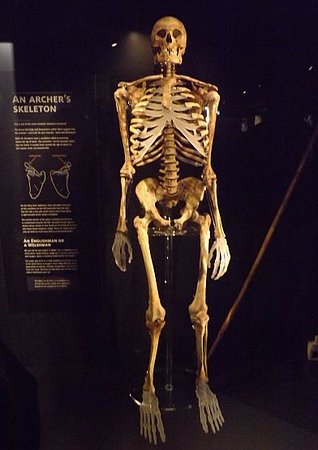
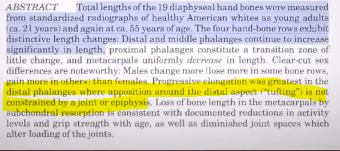
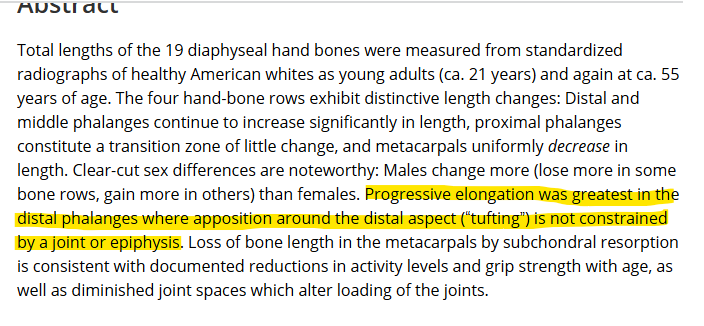
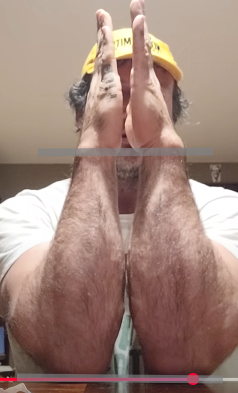
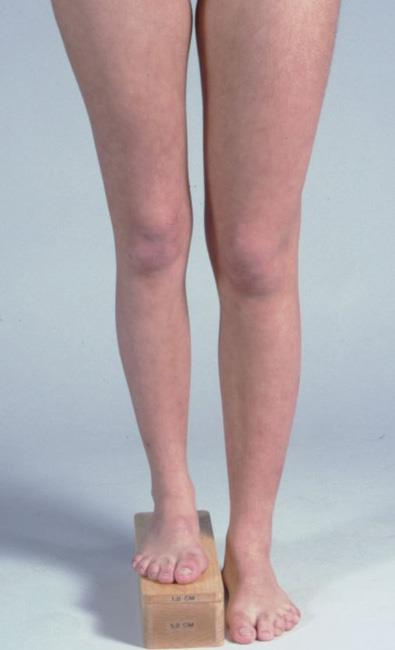

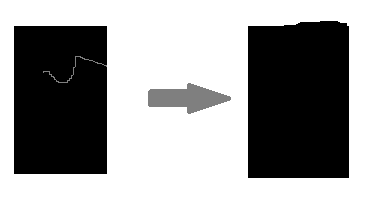

 Just let it go and get the LL
Just let it go and get the LL .
. Details:
Details: Fun Fact:
Fun Fact:


